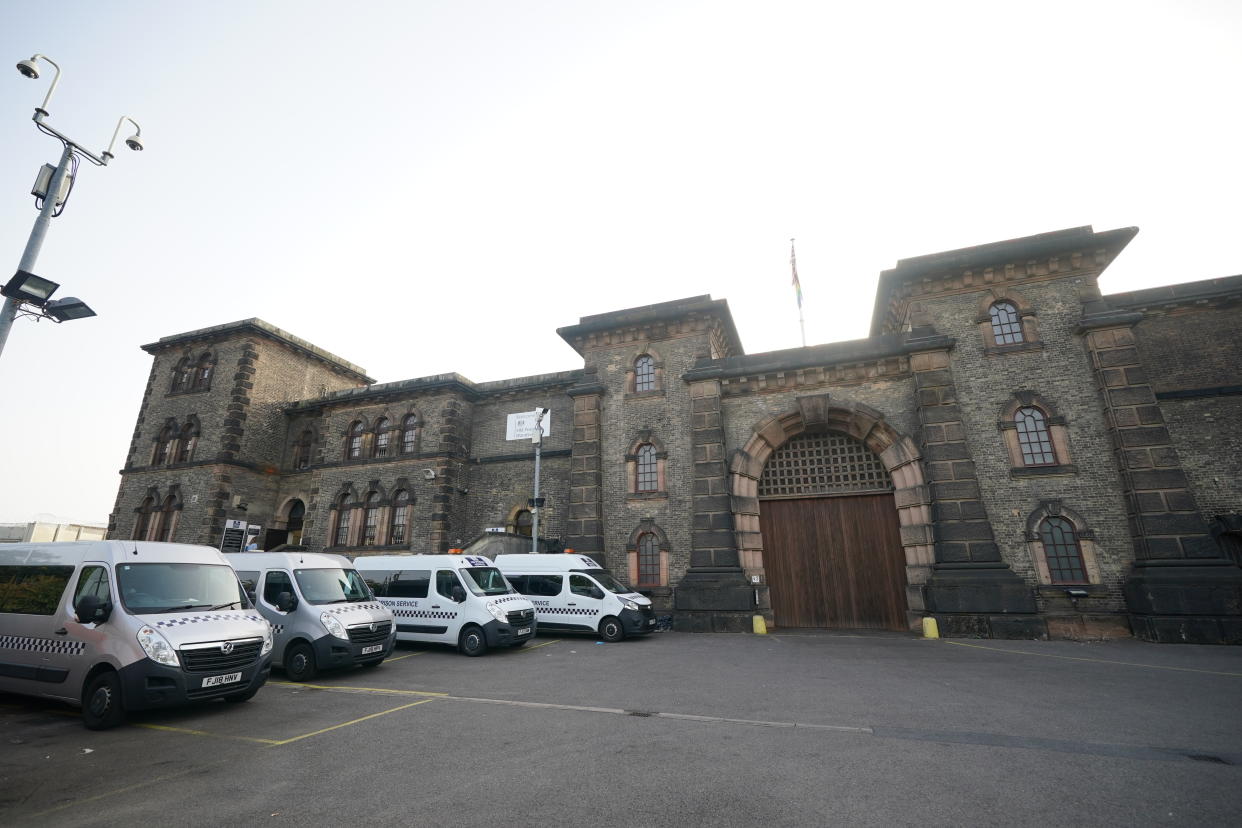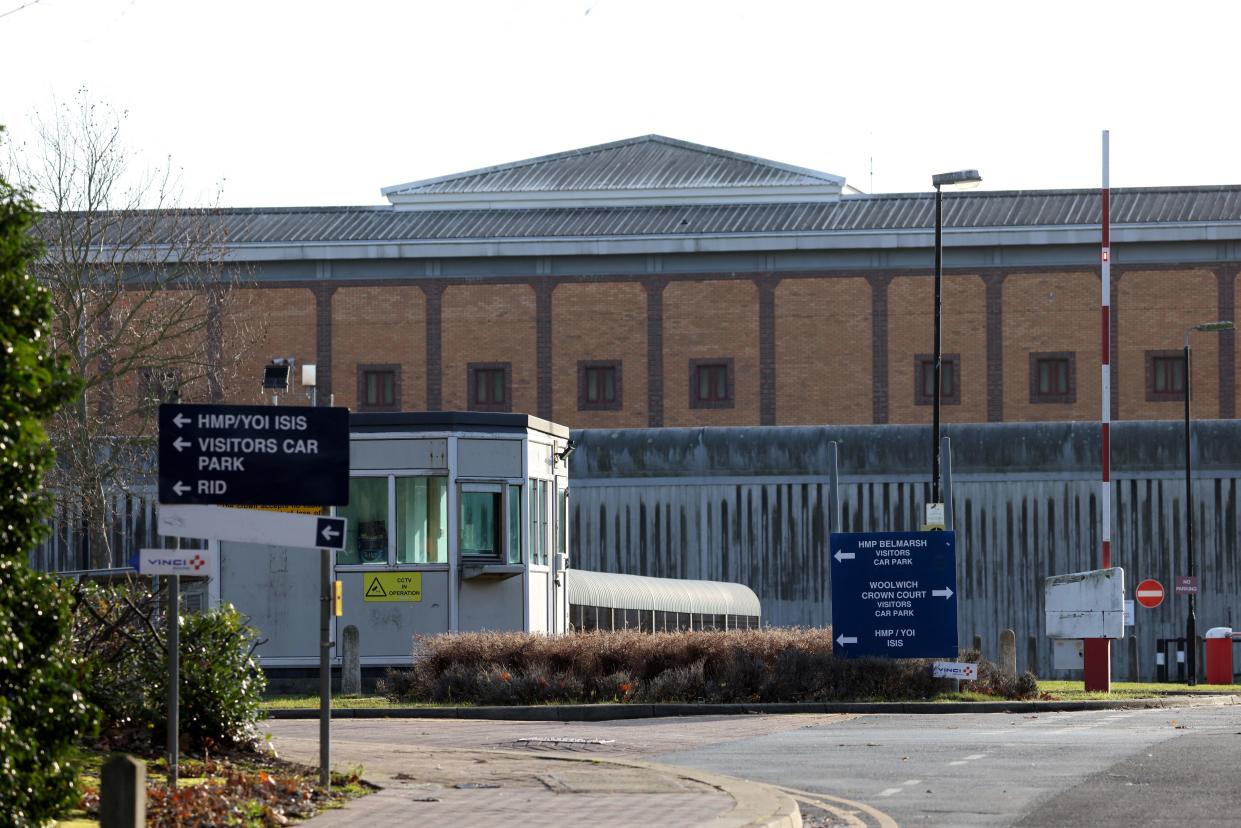What is a category B prison? UK jail security levels explained

The UK’s most senior police officer has said terror suspect Daniel Khalife’s escape from prison was “clearly pre-planned” and that it’s also “a question” whether it was an inside job.
Metropolitan Police commissioner Sir Mark Rowley said it is “extremely concerning” that the 21-year-old, who escaped from Wandsworth Prison in south-west London on Wednesday, is “on the loose”.
It comes amid questions about why Khalife wasn’t being held at maximum security Belmarsh Prison - the category A jail where terrorist prisoners and those accused of such offences are often detained - rather than category B Wandsworth.
Khalife, an ex-British Army soldier, was awaiting trial over allegedly planting a fake bomb at an RAF base and gathering information that might be useful to terrorists or enemies of the UK.
Here, Yahoo News UK sets out the differences between different categories of prisons in England and Wales.
What is a category B prison?
A category B prison has the second highest level of security, behind category A.
There are two types of category B prison: local and training.
The Ministry of Justice (MoJ) defines them as follows: “Local prisons house prisoners that are taken directly from court in the local area (sentenced or on remand), and training prisons hold long-term and high-security prisoners.”
Category A, on the other hand, is defined as “high security prisons. They house male prisoners who, if they were to escape, pose the most threat to the public, the police or national security.”
The National Prisoners' Families Helpline spells out the difference in security levels: “Security conditions in category A prisons are designed to make escape impossible for these prisoners.
“For category B prisoners, the potential for escape should be made very difficult.”


Wandsworth, incidentally, has been deemed unfit for purpose.
Chief Inspector of Prisons Charlie Taylor said “in an ideal world” the prison would be shut, but “there are only just enough prisons” for the population of inmates.
Read more: Wandsworth Prison: What life is like at jail from where terror suspect Daniel Abed Khalife escaped
Wandsworth’s performance has been rated a “serious concern” and watchdogs had issued a string of warnings about the jail in the year before Khalife escaped.
Belmarsh is considered more modern and no prisoner has ever escaped from it.
What are the categories of jails?
In addition to categories A and B, there is also C and D: so four in total.
Category C is defined by the MoJ as: “training and resettlement prisons; most prisoners are located in a category C. They provide prisoners with the opportunity to develop their own skills so they can find work and resettle back into the community on release.”
Watch: Independent investigation into terror suspect’s prison escape to take place
Category D are open prisons. “These prisons have minimal security and allow eligible prisoners to spend most of their day away from the prison on licence to carry out work, education or for other resettlement purposes,” the MoJ guidance says. “Open prisons only house prisoners that have been risk-assessed and deemed suitable for open conditions.”
There are also Young Offender Institutions for prisoners between the age of 18 and 21, and Youth Custody establishments for those under 18.
Meanwhile, the MoJ says women and young adults “are categorised and held in either closed conditions or open conditions, according to their risks and needs.
“Females and young adults who're considered high risk are categorised as ‘restricted status’, meaning they can only be held in a closed prison. In exceptional cases, women and young adults may be held in a high security prison (category A).”


